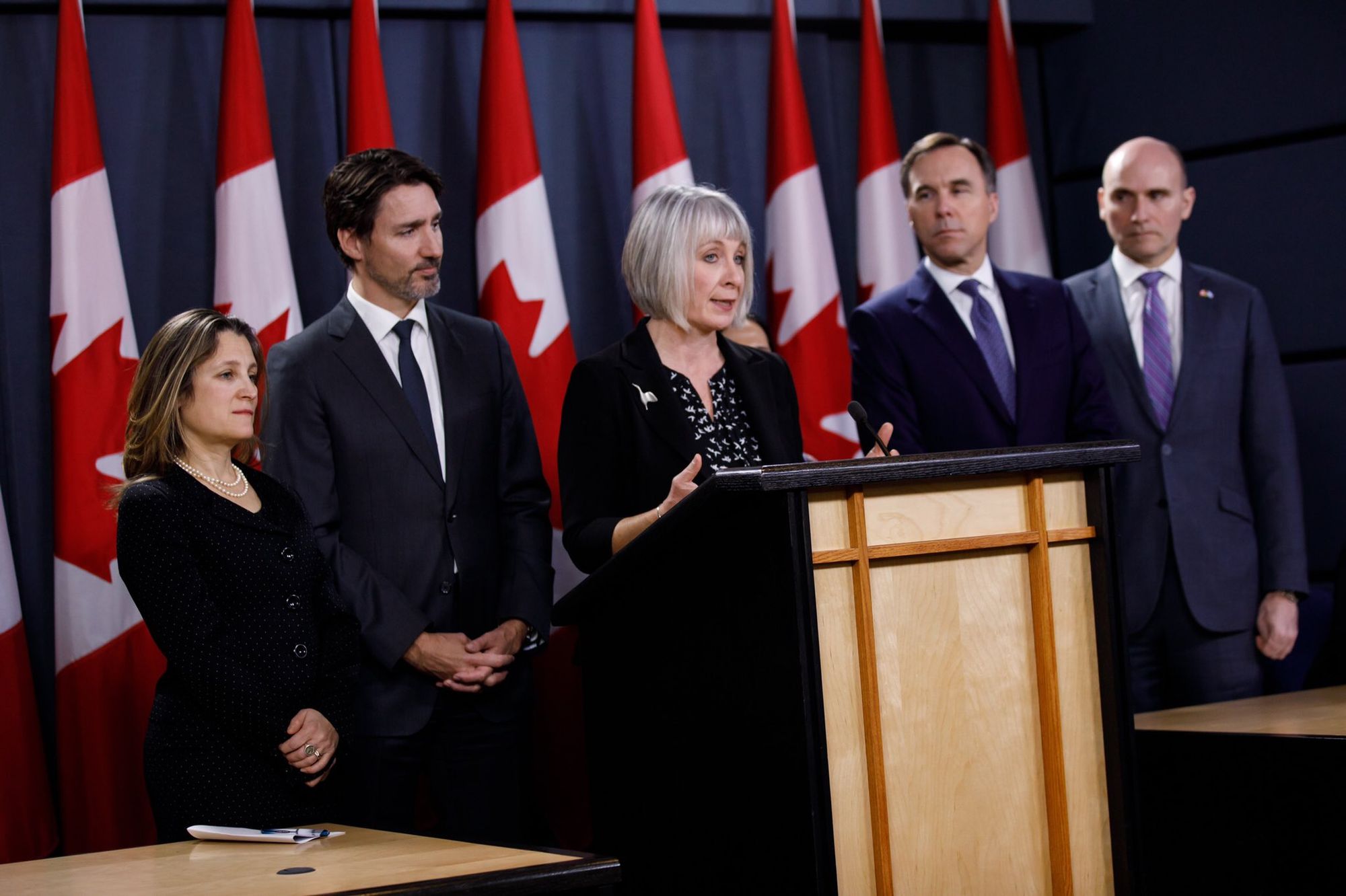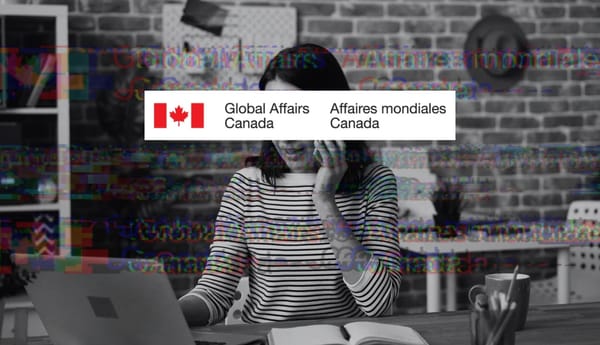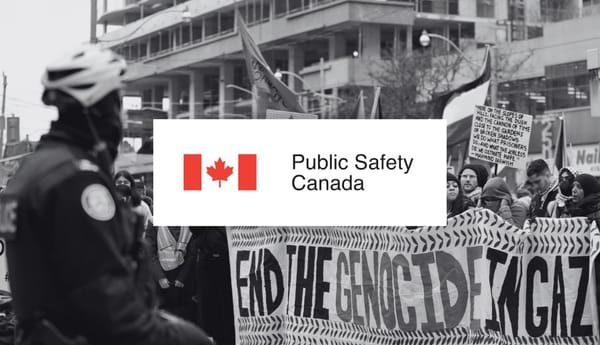At the end of a dark week, let’s begin with that most Canadian refrain of positivity: it could be worse, at least we aren’t the Americans. There are more confirmed cases of COVID-19 south of the border (at least for now), and if you do get sick there you can expect to spend thousands of dollars just to get tested. And don’t even contemplate the cost of care if you’re one of the millions of Americans without adequate health insurance. We can find some solace in the fact that, for us, testing and treatment will be free.
Aside from that there is not much good news. After all, we share a border with the Americans, and disease doesn’t respect borders. But more importantly, after decades of erosion and cuts, our own welfare state can barely get us through normal times, let alone a crisis. The COVID-19 pandemic is finally forcing all of us to confront that harsh truth.
Earlier this week, the Health Minister Patty Hajdu told reporters that between 30 per cent and 70 per cent of Canadians could reasonably expect to be infected with the virus. I try to be optimistic, so let’s assume we end up toward the lower end of that: we can expect 11 million people to enter self-quarantine for at least two weeks, many of them in the next few months. I fear people have not fully grasped the implications of this.
Immediately, most of those 11 million people will be unable to work. A small number with the right sort of professional middle class job and mild symptoms may be able to continue working from home, but leaving them aside, most of those quarantined will face enormous challenges hanging on to their income.
The majority will not have employer-sponsored paid sick leave. Only 42 per cent of workers in Canada enjoy this benefit. The remaining 58 per cent will be mostly left to fend for themselves. Sick leave rules vary by province, but only Quebec and PEI guarantee any paid sick leave to workers (two days in Quebec, and one day in PEI after you have been with the employer for five years). Premier Doug Ford’s Ontario government scrapped paid sick leave in 2018. No province mandates anything approaching what would be required to cover two weeks of quarantine, meaning most infected workers can expect to lose the lion’s share of their income for this period.
Some infected workers will be able to collect employment insurance sickness benefits to offset this loss, but the low-income and precarious will not benefit. To their credit, the Federal government has scrapped the one-week waiting period for EI to kick in. But only 28 per cent of workers earning under $15 per hour were eligible for EI benefits in 2017, according to research done by the Canadian Centre for Policy Alternatives. Those who are eligible can receive a maximum of $573 per week for up to 15 weeks. If you live in any urban region of the country, you know this is barely enough to cover rent on a studio apartment let alone groceries.
Canada has no national policy on job-protected unpaid leave, either. This means that in some provinces and territories, self-quarantined workers will have no job protection. Rather than risk losing their job, many sick people will no doubt choose to continue working (and spreading the virus). For gig economy workers, this problem is even more acute. Rideshare drivers, food couriers and other precarious workers are only paid when they work and have no benefits. The choice of work while sick or starve is no choice at all.
The problem of our lousy welfare state extends well beyond those forced to self-quarantine. Many healthy workers will lose their jobs or be “temporarily” laid off during this time as business grinds to a halt. The over 4 million people working in a retail or food services job, for example, can expect to be stuck at home without pay as restaurants, bars and shops close their doors. These jobs are characterized by part-time hours and short job tenure, both factors that limit EI eligibility. As a consequence, the workers most likely to lose their income because of COVID-19 shutdowns are also those least likely to qualify for EI.
Distressingly, those with mild infections contending with financial strain may be the lucky ones. After decades of cuts and neglect, the public healthcare system we are so proud of does not appear equipped to handle the pressure that will soon be placed upon it. While we have yet to see how the stresses of COVID-19 impact us, we can look at what other countries have experienced and extrapolate based on their readiness.
Our caseload now is low: only 152 cases (as of publication on March 13). But a number of epidemiological studies focused on the Chinese experience found that cases doubled every six days. If this holds true for Canada, we would expect to reach around 39,000 cases by the end of April and 300,000 by mid-May.
Of those cases, the majority will not require hospitalization — but a significant chunk will. Of 44,000 cases in China, 15 per cent required hospitalization and 5 per cent required critical care. The situation is worse in Italy, where half of confirmed cases have required hospitalization and 10 per cent needed intensive care.
Unfortunately, decades of cuts have left our healthcare system less prepared to handle an outbreak like this. While China has 4.3 hospital beds per 1000 people and Italy has 3.7 beds per 1000 people, Canada has only 2.5 beds per 1000 people — or 92,462 beds in total. This represents a decrease of 32 per cent from our 2000 level of 3.7 beds per 1000 people. We also have one of the highest hospital bed occupancy rates in the world at 91.6 per cent, behind only Israel and Ireland. This means that under normal circumstances, our healthcare system has around 7,776 hospital beds available.
How many of these beds will be required? We do not yet know what Canada’s hospitalization rate will be, but let’s estimate 10 per cent of cases require hospitalization — lower than China’s and Italy’s rates — and the six day doubling time continues. This would mean that by May 6 we will have exceeded our existing hospital bed capacity. Ten days later we’ll be in a shortfall of almost 10,000 beds.
The list of problems does not end there.
As people lose their jobs and take pay cuts, they will also lose their prescription drug insurance or be unable to pay for it out of pocket. Canada is, after all, the only country in the world with universal healthcare that doesn’t also cover prescription drugs. This will increase the number of people needing hospital care, which will further strain the system.
Without tenant protections and a shelter system already well beyond capacity, people who fall behind on their rent can be evicted and tossed to the street with nowhere to go. Self-quarantine will not be an option for them, or for the 35,000 Canadians who are homeless on any given night.
Outside of Quebec, we have no real childcare system. Schools are already closing, leaving parents with the choice of either staying home to care for their kids or paying an average of $10,000 per year for private daycare (and far more in high-demand urban centres). That is, if you can find a spot: child care spaces are so limited parents are putting their kids on wait list before they can even know the child’s sex.
It’s important to remember that all of these problems caused by our totally inadequate welfare state are experienced every day by millions of Canadians. It didn’t take COVID-19 to deny people the medication they need to survive, or push more and more people into gig jobs that pay next to nothing, or erode healthcare funding to the point people are regularly treated in the hallway.
For decades our political class told us we need to “cutback”, “trim the fat”, “find efficiencies”, and “sell-off underperforming assets”. They turned our welfare state into a sad joke. Now the bill is coming due, and I fear we are all about to pay for it dearly.






